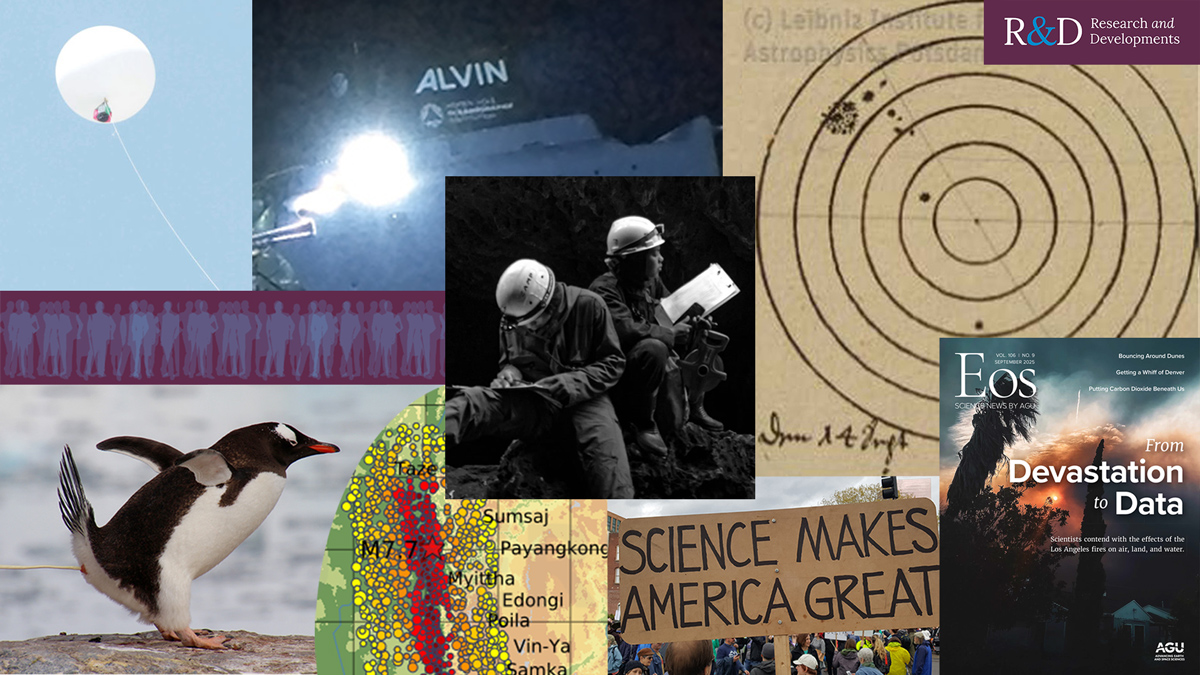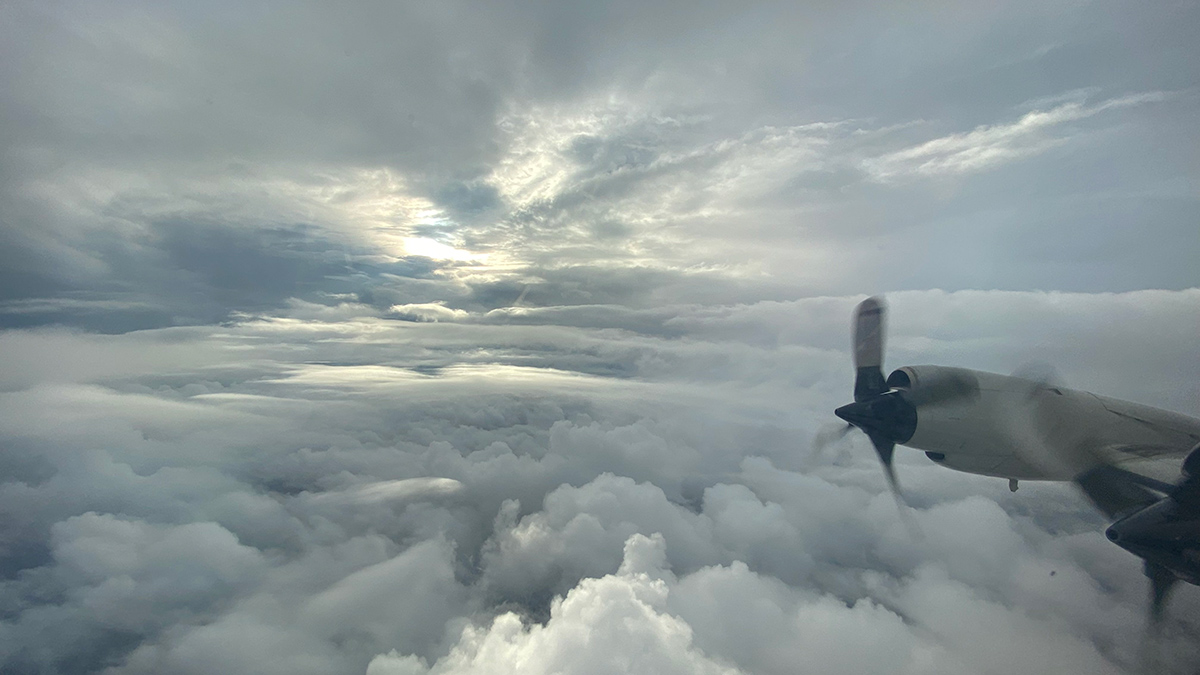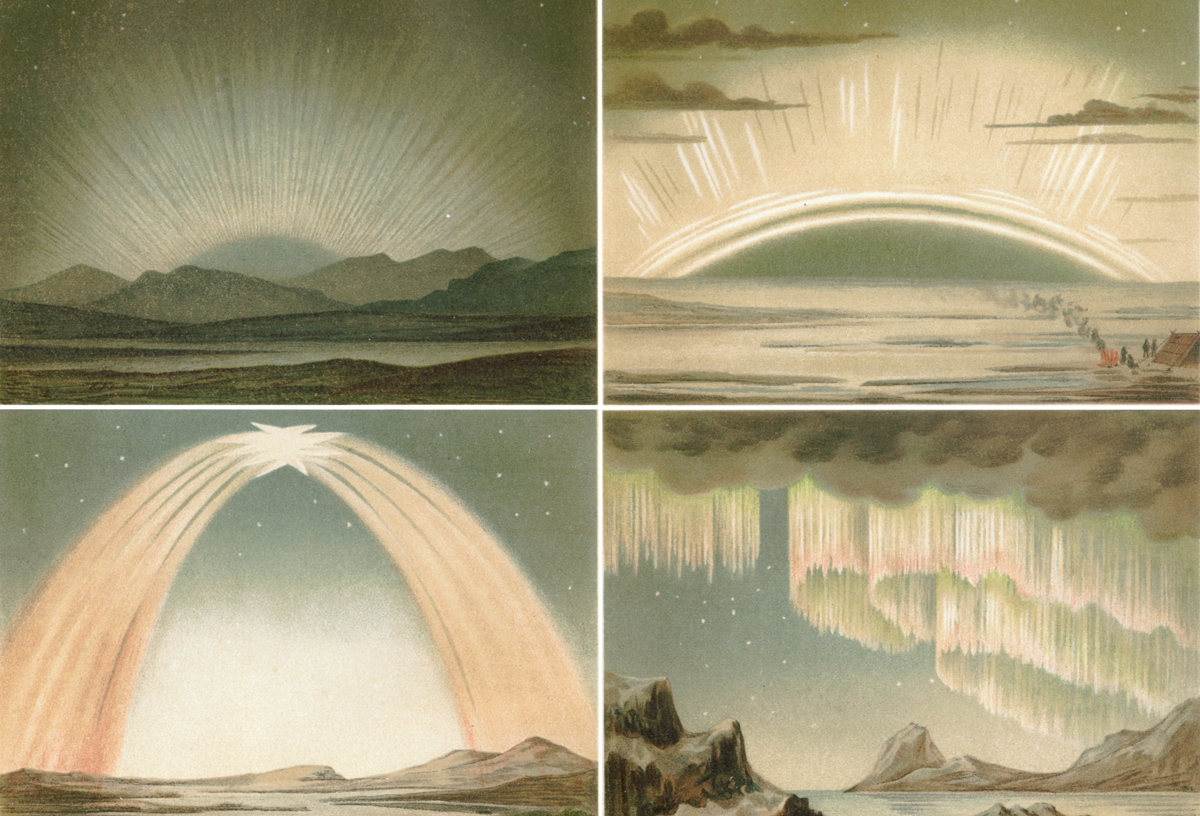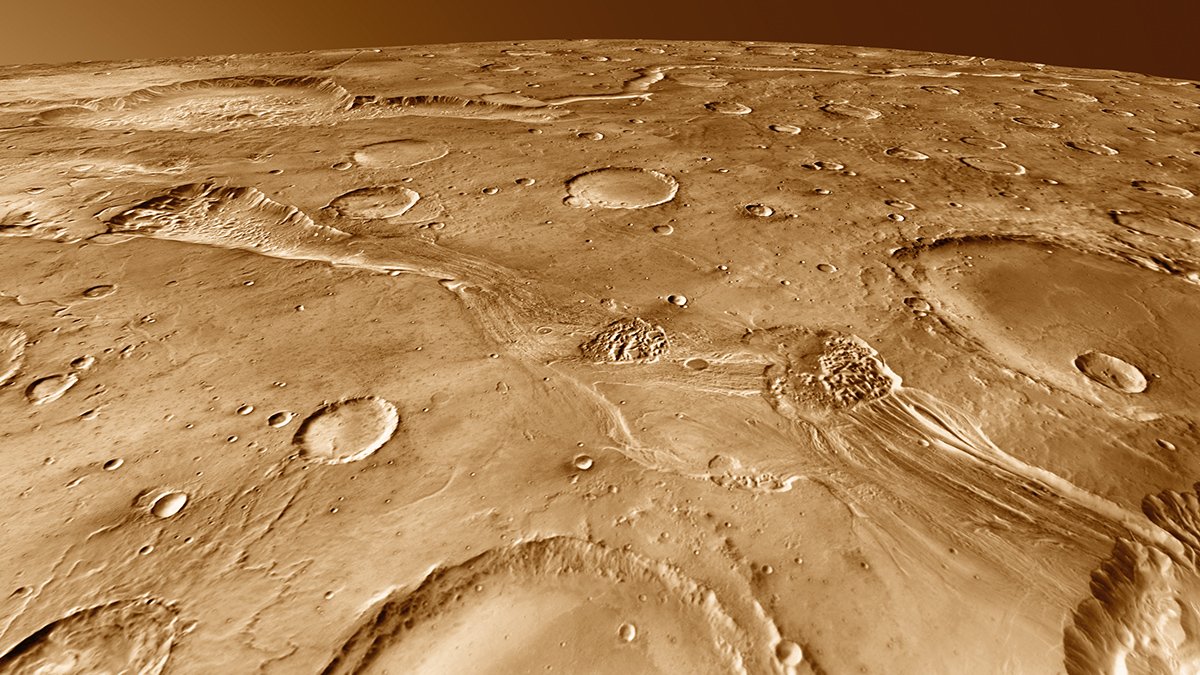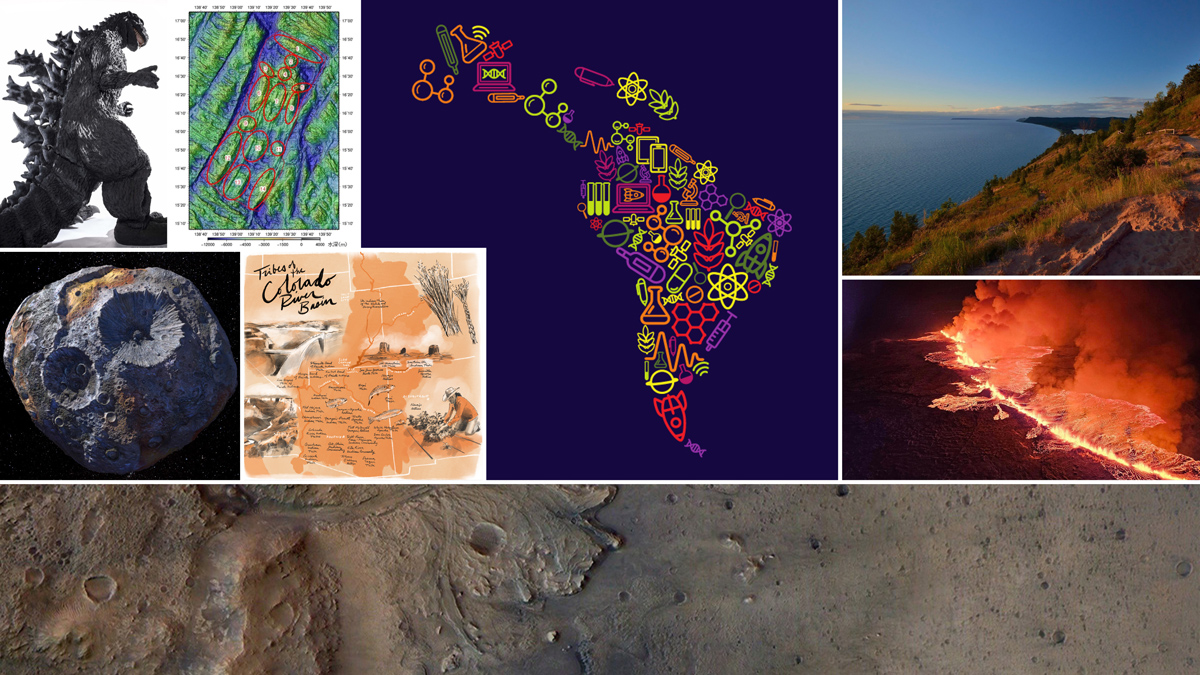What Earth and space science stories stood out this year?
lists!
Garment Factories Are Heating Up. Here’s How Workers Can Stay Cool
The solutions are simple, but economic barriers remain high.
The Wildest Ride on a Hurricane Hunter Aircraft
A 1989 flight through Hurricane Hugo tops the list for stomach-churning turbulence experienced by scientists, pilots, and crew aboard aircraft designed to fly through storms.
Our Favorite Science Stories of 2024
What Earth and space science stories stood out this year?
了解地球物理学:追踪 AGU 期刊文章标题的演变
一项新研究对 AGU 期刊文章标题中最常用的词汇进行了分类,并探讨了这些词汇讲述的地球和空间科学领域发展的故事。
These Five Craters May Have Birthed a Third of Martian Meteorites
Researchers have homed in on five craters on the Red Planet that are the likely sources of Martian meteorites.
Let’s Get Geophysical: Tracking the Evolution of AGU Journal Article Titles
A new study catalogs the most frequently used words in the archive of AGU journal article titles and considers the story these words tell about the evolving fields of Earth and space sciences.
Five Key Needs for Addressing Flood Injustice
Better data and assessment metrics—and improved researcher involvement in communities—are needed to understand and redress inequitable vulnerabilities to and recoveries from flooding.
Our Favorite Science Stories of 2023
What Earth and space science stories stood out this year?
Ecosystem Observations from Every Angle
Proximal remote sensing provides a bridge between ecosystem flux data at Earth’s surface and optical data from satellite sensors, improving our grasp of feedbacks between terrestrial ecosystems and climate.

